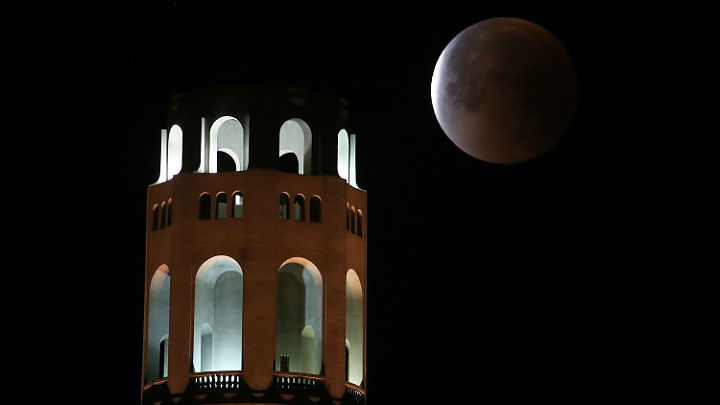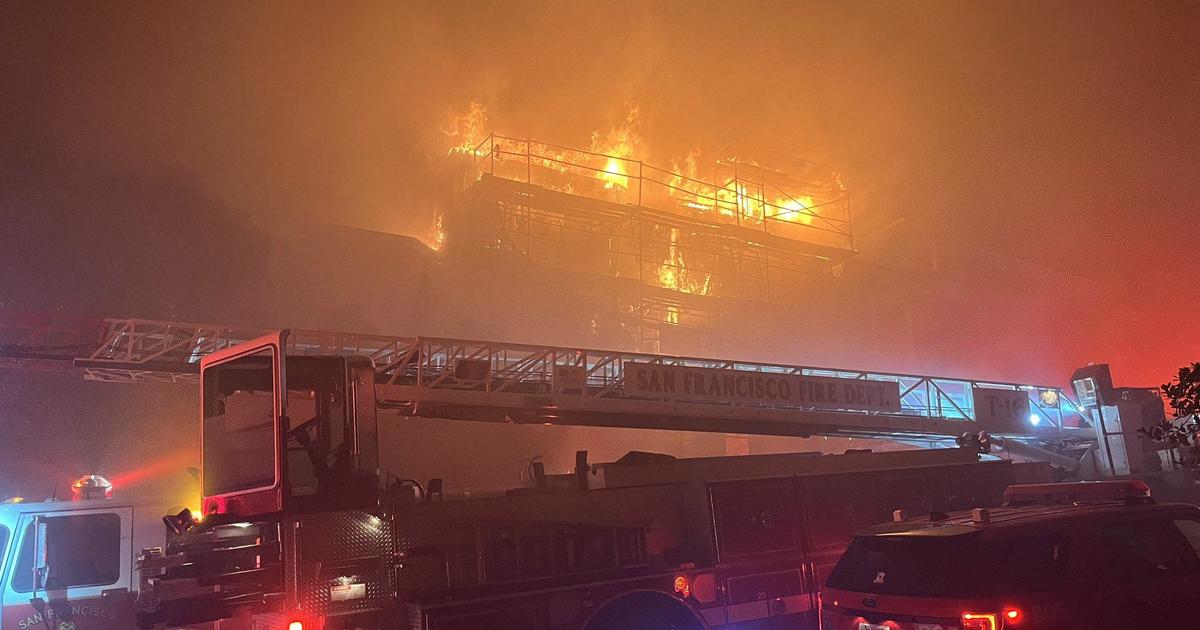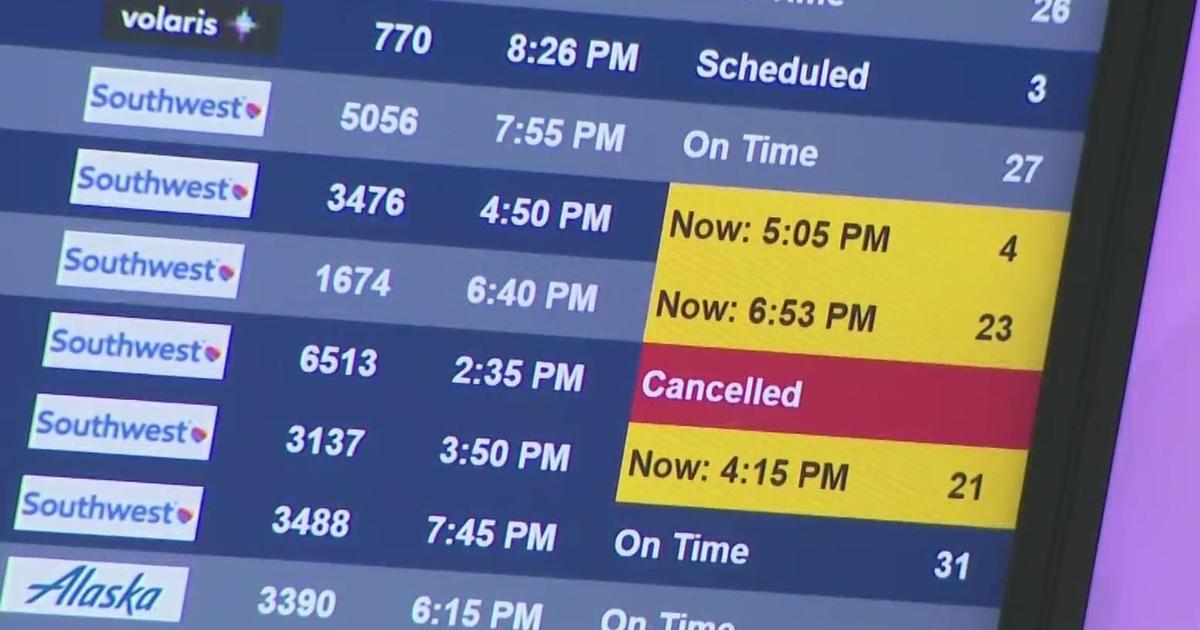Blood Moon Lunar Eclipse Dazzles Bay Area Early Risers
SAN FRANCISCO (CBS SF & AP) -- The moon put on a rare cosmic show early Wednesday in the skies over the Bay Area.
Mother Nature cooperated with clear skies over the vast majority of the region, giving residents an unobstructed view of the total lunar eclipse.
The rare event last took place over 150 years ago. Astronomers have to go all the way back to March 31, 1866 to find the last "Blue Blood Moon."
Thousands arose early to take in the rare occurrence at events that included viewing parties at the USS Hornet museum in Alameda and the Cabot Observatory in the hills above Hayward.

Hawaii and Alaska had the best seats, along with the Canadian Yukon, Australia and Asia. The western U.S. including the Bay Area also had good viewing along with Russia. The U.S. East Coast, Europe and most of South America and Africa was out of luck for the eclipse.
The second full moon in a calendar month is a blue moon. This one also happens to be an especially close and bright moon, or supermoon. Add a total eclipse, known as a blood moon for its red tint, and it's a lunar showstopper.
The space agency provided a live stream of the moon from ground telescopes, throughout the eclipse.
A lunar eclipse occurs when the sun, Earth and moon line up perfectly, casting Earth's shadow on the moon.

Scientists are keen to study the sharp, sudden drop in temperature at the lunar surface, as Earth's shadow blankets the moon. During the more than one hour of totality, the temperature will plunge 100 degrees Fahrenheit (38 Celsius), said lunar scientist Noah Petro of Goddard Space Flight Center in Greenbelt, Maryland. He's deputy project scientist for NASA's Lunar Reconnaissance Orbiter, circling the moon since 2009. His team is taking special precautions to keep the spacecraft warm during the eclipse.
Perhaps just as important, Petro and others are hoping the big event gets more people looking up — not just Wednesday, but every day.
For the trivia crowd, the moon will be 223,820 miles (360,200 kilometers) away at the peak of the eclipse, close enough for supermoon status.



